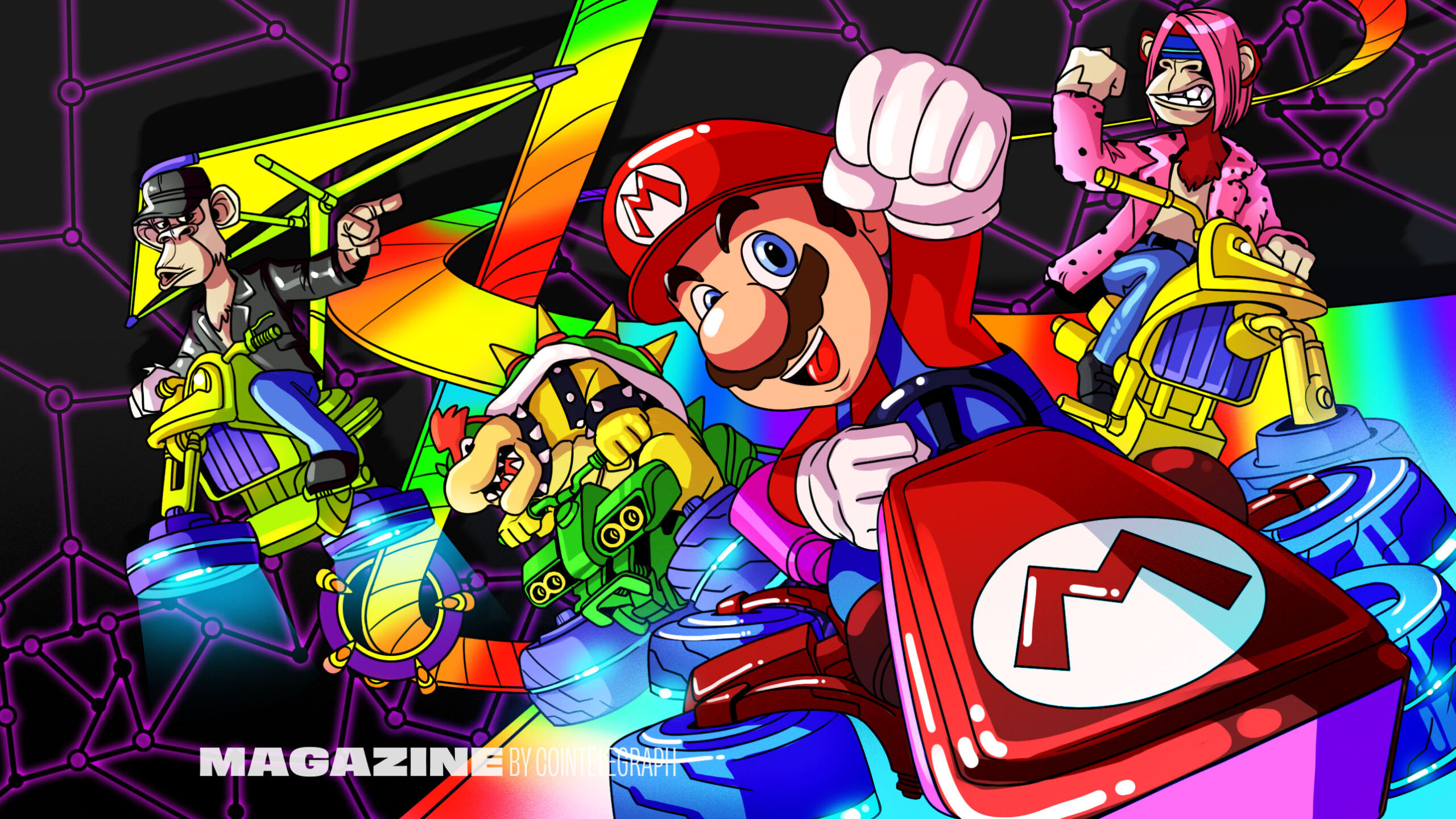Will 2023 finally see an explosion of crypto gaming? The signs are mixed, with former play-to-earn darling Axie Infinity falling out of
Will 2023 finally see an explosion of crypto gaming? The signs are mixed, with former play-to-earn darling Axie Infinity falling out of favor and hemorrhaging players, while mainstream gamers report that Web3 games still have playability issues.
The bright spot is that AAA games are finally starting to emerge in Web3, with projects like Illuvium garnering attention. And there’s a ton of runaway, considering that Web3 gaming raised $4.5 billion in 2022. For comparison, metaverse projects raised $1.9 billion.
The thesis is compelling for crypto gaming, but the way forward is unclear. Do tokenomics help immerse gamers in a game, or do they distract from the experience?
“I think the first big win will come from a game with tokenomics that don’t explode and implode in six months, and that also doesn’t feel like a ‘crypto’ game,” Geoff Renaud, co-founder and chief marketing officer of Web2-to-Web3 creative marketing agency Invisible North, tells Magazine.
“StepN showed a ton of promise for easy onboarding and user experience but was marred by bad economics. Once there’s a game model that feels frictionless — where you don’t even know you’re on the blockchain — and that has sustainable incentives for users, there will be a massive follow-on effect. Blockchain gaming needs to have one big win, and I have a feeling that’s more likely to be from a simple mobile game that looks like Candy Crush than a AAA title out of the gates.”
Getting it right will help unlock mainstream crypto adoption. Illuvium founder Kieran Warwick tells Magazine that blockchain gaming is the “best case of onboarding the mainstream to crypto, as it’s easier to onboard the masses through a game than a complex DeFi product.”

Despite compelling numbers, commercial success is hard
Many believe the GameFi sector has a bright future. According to a report by consulting firm MarketsandMarkets, the global blockchain gaming market will grow from $4.6 billion in 2022 to $65.7 billion by 2027. Naavik and Bitkraft Ventures, meanwhile, predict blockchain gaming to grow to a $50 billion market by 2025.
Are these projections plausible? Perhaps. GameFi accounted for 49% of all DApp activity in 2022, according to DappRadar. And there are 3 billion gamers worldwide, about half of which are in the Asia-Pacific region, and mobile gaming is a phenomenon in developing countries.
Yet, the problems facing mass onboarding for blockchain gaming are diverse and complex, including that no one seems to know how the tokenomics should actually work. Many gamers are also aggressively skeptical of crypto games, perceiving them as scams or selfish efforts to monetize gaming and increase profit margins. Moreover, there are no pin-up success stories for crypto gaming outside of relative successes like Axie Infinity and MIR4.
Despite its many critics, Web3 can fit well into gaming culture. Consider existing freemium gaming models (with paywalls). While gamers must buy or grind for the skins (clothes and accessories) and often pay at every turn in these Web2 games, the Web3 model argues that gamers should benefit from secure ownership of their in-game assets.
One goal of Web3 gaming is to let gamers sell or trade unused assets with earning potential, and keep their assets if games are discontinued or go offline. Improved player experiences are also possible, such as players being rewarded for being early or loyal players, meaning they can acquire rare items as new games become popular.

As it was for crypto’s cypherpunks, open-source culture is also part of gaming history. At times, game publishers relented to fans hacking their games to make them more challenging and replayable.
As told in Netflix’s docuseries High Score, college students hacked and boosted Atari’s Missile Command in the 1980s to make the game harder to beat, creating a booming black market arcade in their dorm room and booster kits for the arcade machine. Atari legally settled with the students — but only if they agreed to work for Atari. In this conception, gaming IP hacking can escape punishment if you’re a true fan helping to improve the game. So, the idea of fan ownership of games makes sense in both crypto and open-source culture.
Similarly, what’s happening in Web3 today is an example of “a decentralized remix culture where there is a utilization of assets or traits related to those assets,” says Kishan Shah, chief operating officer of B+J Studios, which raised $10 million in September 2022 to bring its Raindrops Protocol NFT super app to life for blockchain-based gaming solutions.
Where will the winners come from?
So, among all the different projects currently comprising GameFi, which games will be the most successful? With indie…
cointelegraph.com
